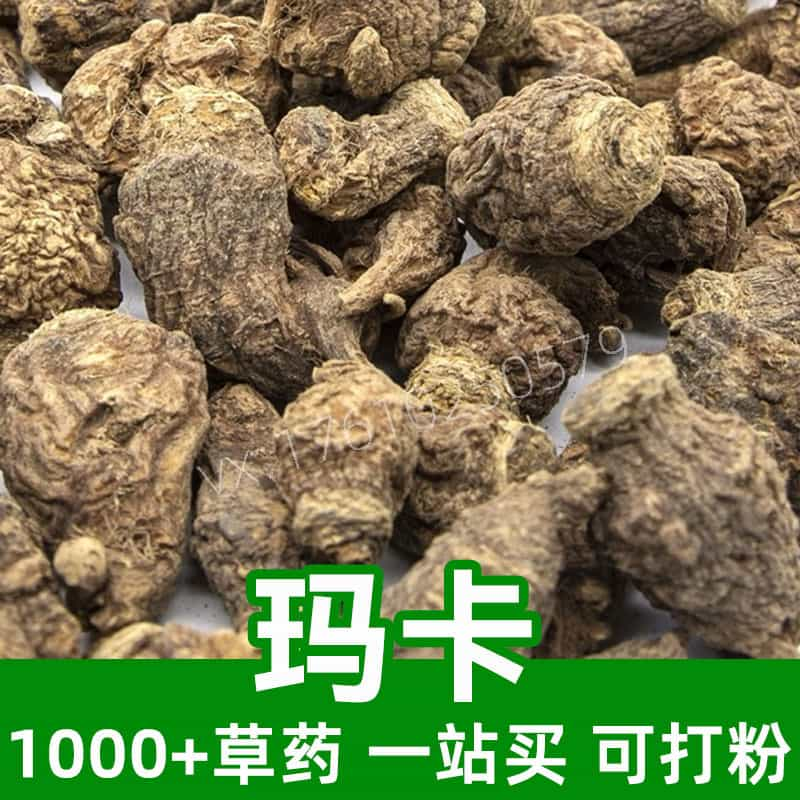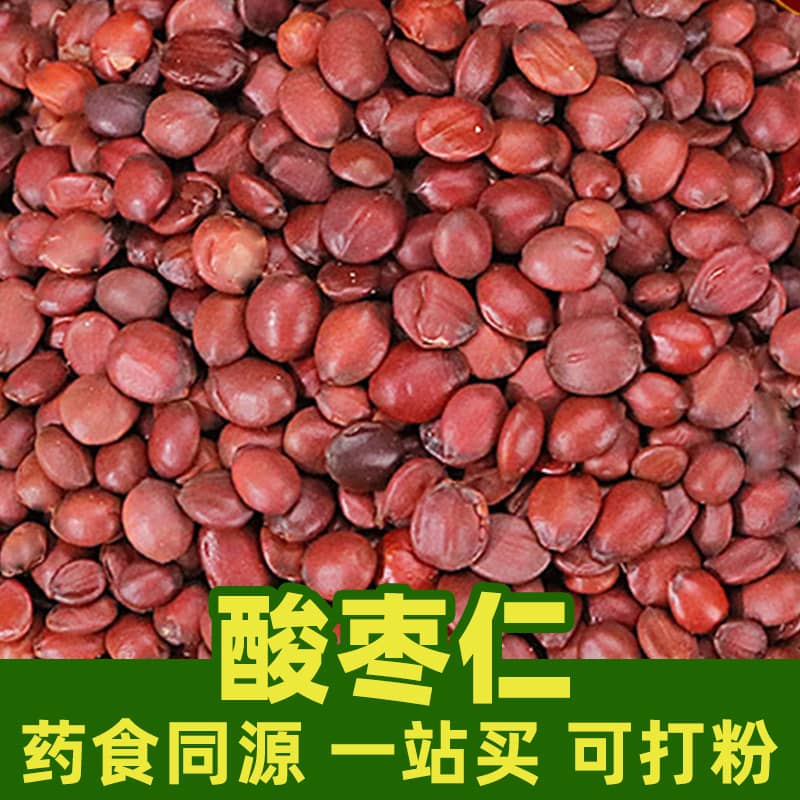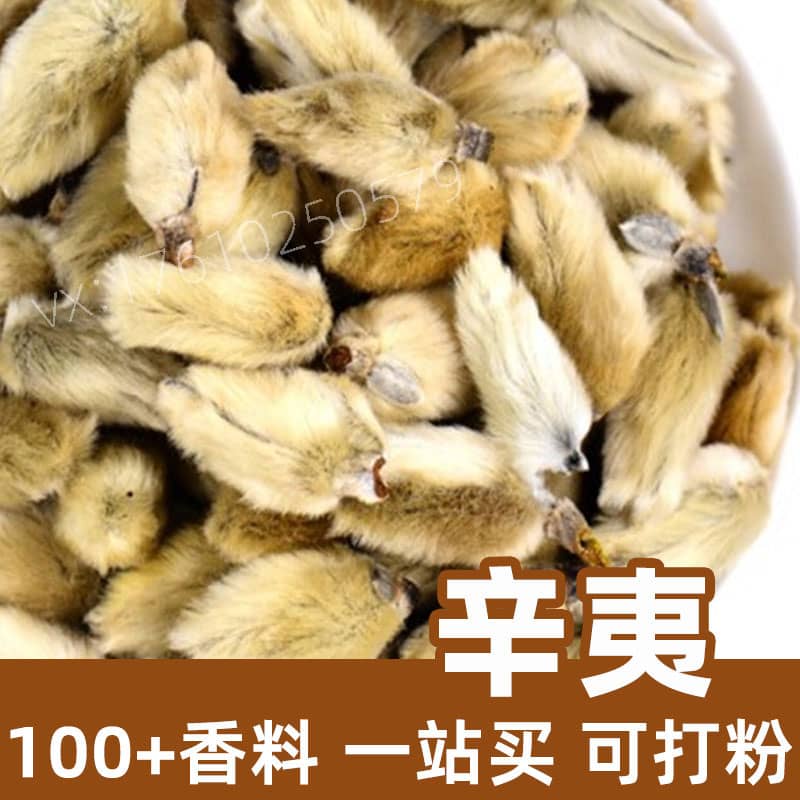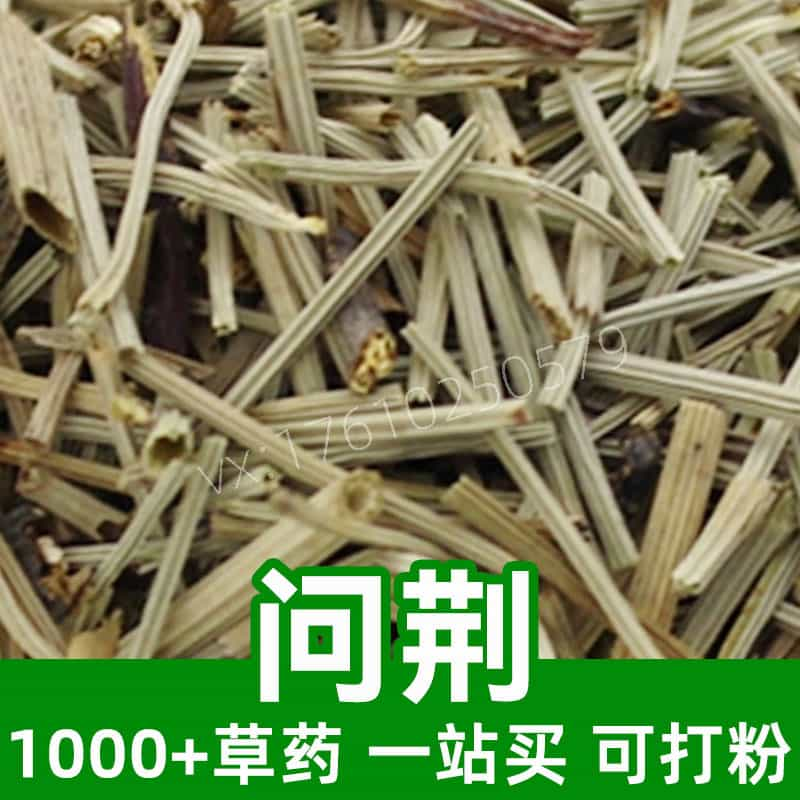Kumquat Leaf Product Introduction
Kumquat leaves are extracted from the kumquat tree (Citrus reticulata), and their primary components include volatile oils and flavonoid compounds. These compounds give kumquat leaves their heat-clearing, detoxifying, and pain-relieving properties. The kumquat tree, native to subtropical and tropical regions, is a common member of the citrus family. In traditional Chinese medicine, kumquat leaves are used to regulate liver and gallbladder functions, aid digestion, and promote blood circulation.
Key Active Ingredients of Kumquat Leaf
Kumquat leaves are a medicinal plant material, primarily composed of volatile oils and flavonoid compounds. Volatile oils are one of the main active ingredients, including compounds like limonene, citrus oil, and hesperidin. These chemicals provide kumquat leaves with various pharmacological effects such as clearing heat, detoxifying, regulating qi, relieving pain, and antimicrobial properties.
Flavonoid compounds, including hesperidin, iso-hesperidin, and hesperidin-7-glucoside, are also key components. These compounds have antioxidant, anti-inflammatory, and antibacterial effects, contributing to overall health benefits.
Additionally, kumquat leaves are rich in vitamin C, vitamin B, and trace elements such as calcium, magnesium, and manganese, which play important roles in metabolism, immune support, and overall health.
The primary active ingredients in kumquat leaves—volatile oils and flavonoids—are widely used in traditional Chinese medicine and folk remedies. Kumquat leaves are used to treat colds, coughs, indigestion, and poor appetite, and are also used for detoxification, relieving wind and pain, and promoting blood circulation.
Kumquat Leaf Applications and Dosage
Kumquat leaves are widely used in traditional Chinese medicine and the food industry, with varying applications and dosages.
- Traditional Chinese Medicine Applications:
- Clearing Heat and Detoxifying: Kumquat leaves, with their cold nature and bitter taste, are used to treat colds, sore throats, and other heat-related ailments.
- Regulating Qi and Relieving Pain: Kumquat leaves help promote blood circulation and relieve pain, making them suitable for symptoms like chest tightness and discomfort.
- Dispelling Dampness and Promoting Water Metabolism: Kumquat leaves are effective for treating conditions like eczema, acne, and other skin problems caused by damp-heat.
- Strengthening the Spleen and Stomach: Kumquat leaves promote digestion and are used for symptoms like poor appetite and indigestion.
- Food Industry Applications:
- Tea: Kumquat leaves can be used as a tea ingredient, offering heat-clearing, detoxifying, and refreshing effects.
- Seasoning: Dried kumquat leaves can be used as a seasoning to enhance the flavor and aroma of dishes.
- Health Foods: Rich in nutrients, kumquat leaves are used in health products like oral liquids or tablets to boost immunity and regulate body functions.
- Dosage and Usage:
- Traditional Chinese Medicine Decoction: Kumquat leaves can be used in decoctions, with a typical dose of 10-15 grams per use, brewed in water and consumed 2-3 times a day.
- Kumquat Leaf Tea: Dried kumquat leaves can be added to a teapot with hot water to make tea, which can be consumed at any time to aid detoxification.
- Seasoning: Kumquat leaves can be ground into powder and added to food to enhance flavor, such as in soups or porridge.
Overall, kumquat leaves have diverse uses in both traditional Chinese medicine and the food industry. It is important to follow proper dosages and consult with a medical professional. In case of adverse reactions or persistent symptoms, seek medical attention.
Kumquat Leaf Source Plant Overview, Distribution, and Growing Environment
Kumquat leaves are a common herbal material sourced from the kumquat tree (Citrus aurantium L.), a member of the Rutaceae family. Below are details about the plant's characteristics, distribution, and growing environment.
- Plant Characteristics:
- The kumquat tree is a small evergreen tree with a round or semi-round crown. The trunk and branches are often covered with backward-facing thorns.
- The leaves are elliptical or lance-shaped, leathery, shiny, with fine serrated edges. The upper surface is green, and the underside usually has glandular dots.
- Flowers are solitary or in clusters of 3-5, with white petals and a fragrant aroma. The flowering period is from late spring to early summer.
- The fruit is round or oval, with thick skin that ranges in color from orange-yellow to reddish-orange. The flesh is juicy and edible.
- Distribution:
- Kumquats are native to southern China and are primarily found in regions like Fujian, Guangdong, Guangxi, Hunan, and Jiangxi. They grow in subtropical to tropical climates.
- Kumquats have been introduced and cultivated in other parts of Asia, Africa, Australia, and South America, becoming an important fruit species.
- Growing Environment:
- Kumquats thrive in warm, humid climates and are fairly cold-resistant. The ideal temperature for growth is between 15-30°C.
- They require full sunlight and well-drained soil. While they are adaptable to various soil types, loose, fertile, and well-drained sandy loam is optimal.
- Kumquats are best suited for low-altitude areas, typically below 500 meters, but they can also be grown in higher altitudes in some cases.
- Cultivation Management:
- Kumquats are sunlight-loving plants, so it’s essential to choose a location with ample sunlight.
- Regular watering is required to keep the soil moist, but water should not stagnate.
- Apply moderate amounts of organic fertilizer to promote healthy growth and fruit development.
- Regular pruning of the tree crown encourages branching and enhances ventilation, which helps the fruit mature.
In conclusion, kumquat leaves are sourced from the evergreen kumquat tree, which is mainly found in southern China and other subtropical to tropical regions. The tree thrives in warm, humid climates with well-drained, fertile soil. Proper sunlight, watering, fertilizing, and pruning practices are essential for healthy plant growth and fruit development.
Kumquat Leaf Harvesting, Processing, and Storage
As a medicinal material, kumquat leaves require careful harvesting, processing, and storage to preserve their medicinal value and quality. Below are key points for kumquat leaf harvesting, processing, and storage.
- Harvesting Time:
- Kumquat leaves are typically harvested in late spring or early summer when the leaves are tender and rich in active compounds, providing the highest medicinal value.
- Harvesting Method:
- When harvesting kumquat leaves, select healthy branches free from pests and diseases. Harvest manually to avoid damaging the leaves.
- Processing:
- After harvesting, kumquat leaves should be promptly processed. Begin by washing the leaves to remove impurities and dust.
- The leaves can then be air-dried or shade-dried to a semi-dry state. Avoid excessive sun exposure, as it may degrade the quality of the material.
- Storage:
- Properly processed kumquat leaves should be stored in a well-ventilated, dry, and cool place, away from moisture and direct sunlight.
- They can be stored in breathable cloth bags or sealed containers to prevent moisture and odors from affecting their quality.
- Avoid storing kumquat leaves with strong-smelling substances or chemicals to prevent contamination.
- Quality Inspection:
- Regularly inspect stored kumquat leaves for signs of mold or off odors. If any issues arise, take appropriate action.
- Periodically replace storage containers or bags to maintain freshness and preserve the quality of the medicinal material.
- Precautions:
- When storing kumquat leaves, avoid exposure to high temperatures, humidity, or direct sunlight to preserve the active compounds and efficacy.
- Kumquat leaves should ideally be used within one year to ensure their medicinal effects and quality.
In summary, kumquat leaf harvesting, processing, and storage require attention to proper timing, method, and environment to maintain their medicinal properties and quality. Regular checks and the use of suitable containers are essential for preserving their effectiveness.
Monica Sun is a seasoned expert in the natural raw materials industry, with over a decade of experience specializing in traditional Chinese medicinal herbs, spices, and fungi. She is skilled in the sourcing, processing, and application of these materials, emphasizing sustainability and innovation. Monica Sun has contributed to the development of high-quality natural raw materials that serve as essential components in functional foods, pharmaceuticals, and cosmetics, delivering tailored solutions to meet diverse market needs.















